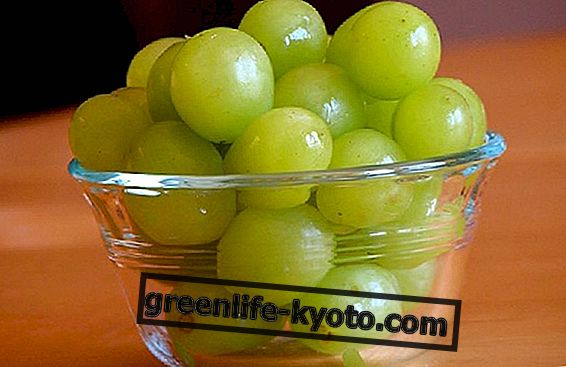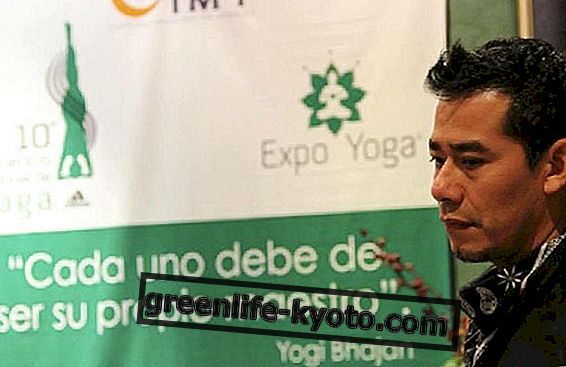
India is certainly famous for its disciplines related to well-being, such as yoga and ayurveda, or for its spiritual richness that has given us religions and philosophies like vedanta, tantra, the current bakthi and so on.
It is certainly not famous for its traditional sports, among which however the mallakhamba (pronunciation: mallakhamb) is slowly making headway, a particular sport that is practiced on a perch or, more rarely on a rope, on which one perform artistic figures related to gymnastics, hatha yoga asanas, and Indian struggle .
In fact, taken literally, the name mallakhamba means "to fight with the pole", and the first documentations about it date back to texts of 1100 after Christ. Yet this very demanding discipline in terms of strength, balance, flexibility, agility and coordination, did not impress the English colonizers very much. It is only now, however, that this discipline is coming to light with new curiosity also abroad.
The benefits of the mallakhamba
Indeed, this sport has special qualities: its practitioners strengthen all the muscles of the body . It is not just the arms that work, even with only the legs, one clings to the pole.
The execution of numerous forms and the flowing passage from one to the other at great height, strongly contributes to reinforce also the neck, the abdominals and all the muscles of the back .
But we know, it's not synonymous with mass ... like body building! On the contrary, the practice of mallakhamba is ideal for those who want to maintain a dry body while developing a great physical strength due to the continuous tension given by the hanging performance at great height on a pole, all at the rhythm of music.
The mallakhamba today
For about 60 years the Mallakhamba has been a competitive sport in India, where different schools face each other and where each figure on the pole has a different level of difficulty, we could define it as the vertical version of the Olympic beam, very similar to the exercises of the famous Chinese pole circus art.
On the pole a thin layer of special oil is applied , to reduce to the maximum the eventual friction that the athlete's skin would undergo in contact with the teak wood.
Nowadays that in the world the pole dance, the dance on the perch, generally a discipline considered exclusively female, has a great success in various countries, a new interest towards mallakhamba has developed : on the one hand to expand the repertoire of exercises and figures from add to the performances of pole dance, on the other to dedicate oneself to a discipline with less sexual and worldly connotations, and consequently more oriented towards the well-being of the individual, and control over the body and mind .
In the United States, in recent times the mallakhamba is increasingly practiced and associated with yoga and gymnastics, a bit like acroyoga .
Sometimes called Acrobatic Pole Yoga or more simply pole yoga (yoga on the perch), it is taken from its very traditional Indian context, roughened, refined and adapted to a modern taste, often softening it with additions of exercises from other similar disciplines, and completed with studies systematic anatomical, for the development of specific muscles.
Read also
> The dance of yoga
> What is acroyoga













